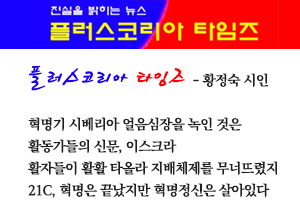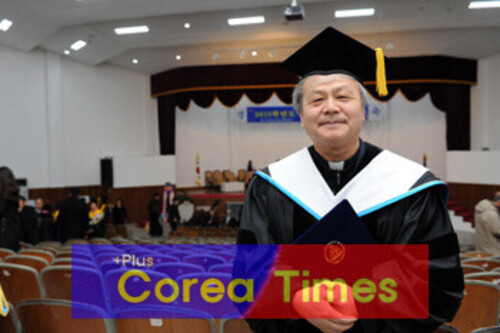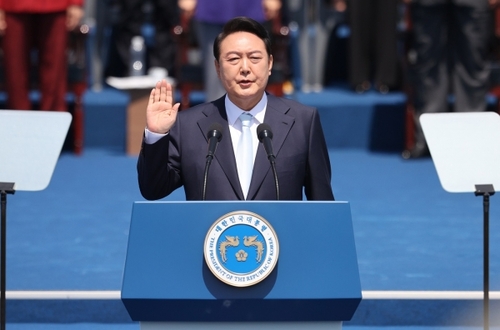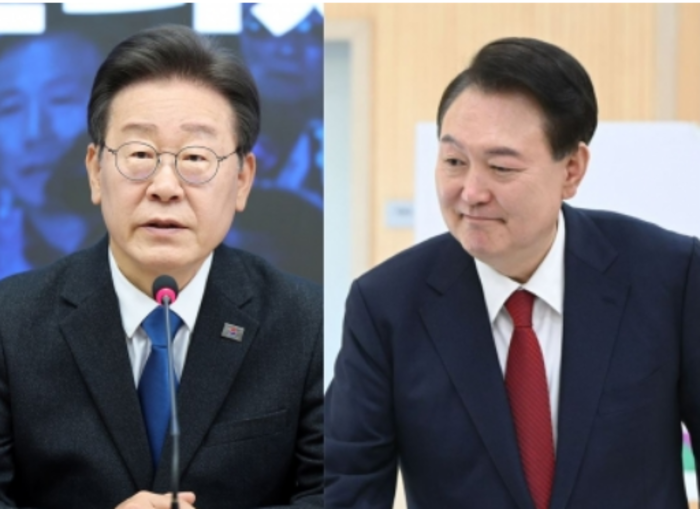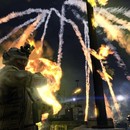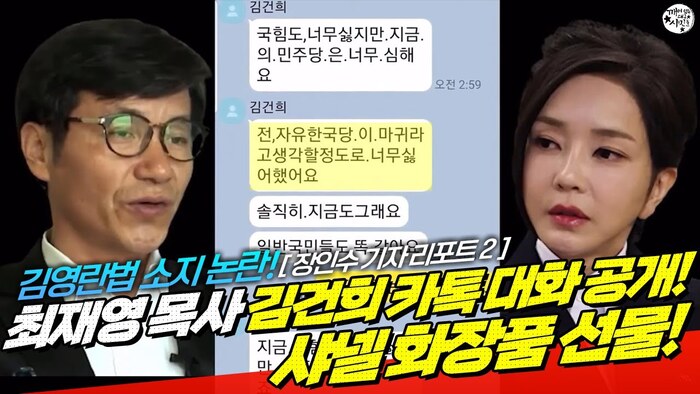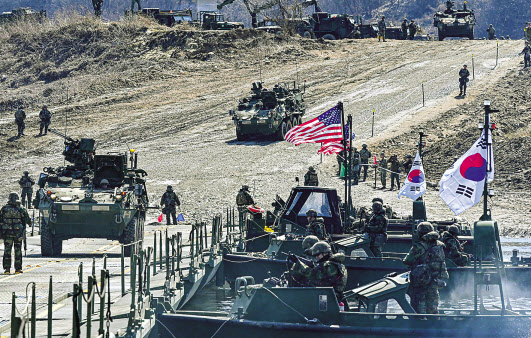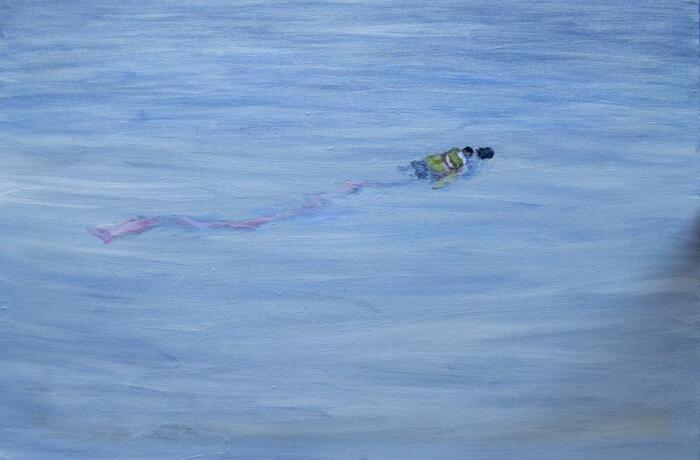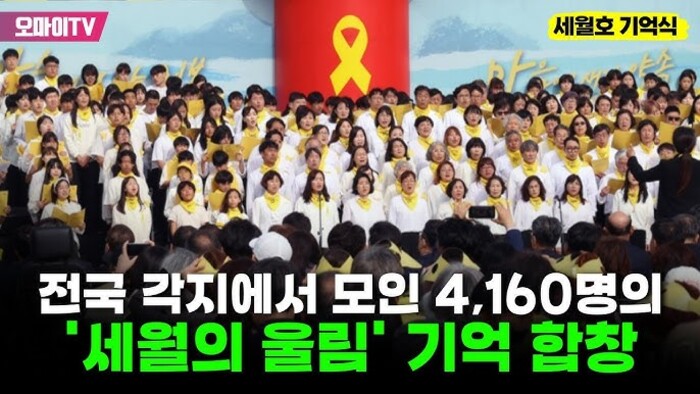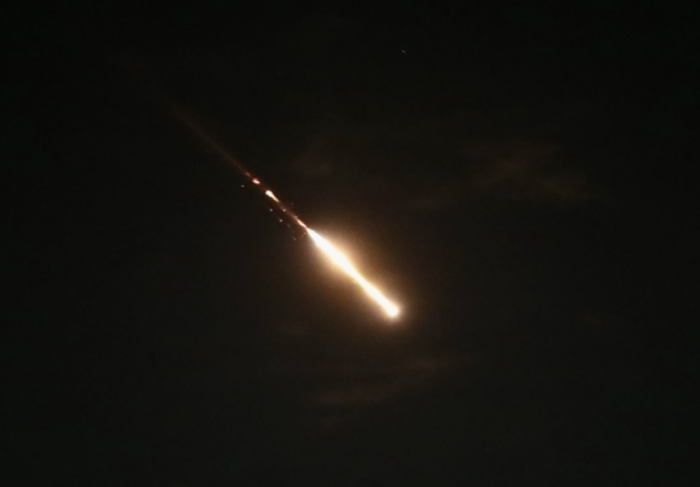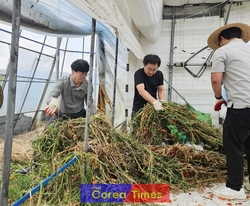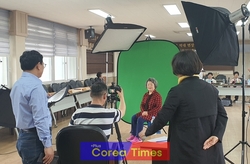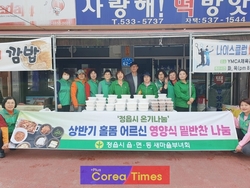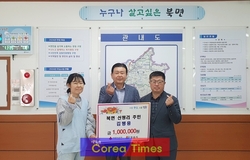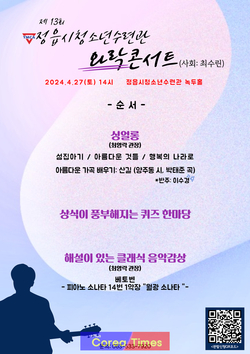[Modern Applicability of Hongik Ingan Ideology -1] Introduction
Searching for the application of Hongik Ideology to solve problems such as polarization and deepening social conflict
[Modern Applicability of Hongik Ingan Ideology -1] IntroductionSearching for the application of Hongik Ideology to solve problems such as polarization and deepening social conflict[Currently, Korea is the world's 10th largest economy, but the failure of the national development model continues. In a situation where it is urgent to solve problems such as political and economic polarization and social conflict, the need to seek solutions or solutions to them has been raised. Under these circumstances, I would like to explore the modern realization and applicability of Hongik Ingan, the Korean people's idea, using the founding ideology, political ideology and thought. Dr. Lim Ki-chu's academic thesis titled 'Searching for the Contemporary Realization and Applicability of Hongik Ingan Ideology' will be published in five series. Editor's Note]
I. Introduction
Since 1945, Korea has achieved both industrialization and democracy at the same time. Recently, the Republic of Korea has developed into the world's 10th largest economy, the 7th member of the 30-50 Club (Jung Sang-ho and Han et al., 2019), and the 6th largest military power in the world (Hankyoreh Newspaper, 2020). As of the end of 2021, per capita national income (GNI) increased to KRW 40.25 million (USD 35,168) and GDP increased to USD 1.7978 trillion (Bank of Korea, 2022). However, after national development during the period of economic development, which recorded a history of high economic growth before 1987, Jeon In-gap et al. was presented, but it was reported that it was not linked to a successful model.
This is because the current domestic political and economic polarization and deepening social conflicts are directly connected to the decrease in the happiness index of the people (Eun Jae-ho et al., 2019). Jeong Jin-young (2019: 149) argues that the developing state of the democratization period, which emerged after democratization in 1987, is a transitional state and fails to operate a stable and sustainable political economy model. In 2020, the happiness of Koreans in the top 10 in the world is only dropping to 32nd among 34 OECD countries and 61st among 153 countries (Yonhap News, 2020).
On the other hand, Father Gheorghiu, Venerable Tanheo including Toynbee, Heidegger, Hong-Beom Lee, and many other world-renowned scholars have argued Hongik Ingan thought as the core idea of the 21st century (Park Jeong-hak, 2017; Lee Hong-beom, 2014). Recently, Jim Dator said that there is no country that Korea can use as a model among Western countries after the COVID-19 pandemic, and that Western capitalism, which has been an economic development model for the past 50 years, has come to an end. (Kim Noh-hyang, 2020).
In many studies in Korea, many scholars report that Hongik Ingan ideology can be applied to various current issues between individuals, between countries, between peoples, and between races in many papers. Specifically, Lee Jang-hee (2003) said, “Support from all ethnic members and the international community in terms of the acceptability of North and South Korea and neighboring countries and human society,” Seo Bo-geun (2012) said, “There are some limitations, but Various forms between ethnicities and races,” Jeong Young-hun (2013) said that each person has a high possibility of acceptance in all areas such as politics, economy, society, culture, education, academics, religion, and media, and contributes to economic growth and wealth accumulation. is evenly distributed according to the share of And it was argued that it should be analyzed whether it exists for humans and whether it contributes to human happiness. Hongik Ingan thought is “between individuals, between countries and between peoples” in the thesis of Kim Chul-soo (2015), “between individuals, between nations and nations, between religions and religions, between humans and nature” in Park Geum-hae’s (2015) dissertation. As such, Hongik Ingan ideology was analyzed to have high acceptability to all people and support from the international community.
Currently, in Korea, the failure of the national development model continues, the deepening problems such as political and economic polarization and social conflict, and the urgent need to solve the rising happiness index, the need to explore the possibility of modern applicability of Hongik Ingan ideology has been raised. If we creatively promote solutions through the modern application of Hongik Ingan ideology, we can overcome the limits of failure of the national development model, solve problems such as political and economic polarization and social conflict in our country, and create a new way to realize the interests of all of us. Strategies may be suggested.
Therefore, in this study, we try to revive the Korean people's idea of "Hongik Ingan, JaeseIhwa's human, national founding, political ideology and thought (Jeong Young-hun, 2013)" to seek for modern realization and applicability. Therefore, as a research question to achieve the purpose of seeking the modern realization and applicability of Hongik Ingan ideology, first, what is the practice method of Seongtong, Gongwan practice and Jaeseihwa of Hongik Ingan ideology? Second, how can we conceive of a modern realization method for Hongik Ingan ideology? Third, how can we find the modern applicability of Hongik Ingan ideology?
While most of the preceding studies have considered the definition of the concept of Hongik Ingan or the character of reseihwa, this study seeks the modern realization and applicability of Hongik Ingan ideology. In addition, based on the explanation of the modern practice method of Hongik Ingan ideology and consideration of the relative relationship of Hongik Ingan, the concept of realization method in terms of the practical implementation of the Hongik Ingan perspective and the practical implementation of the Hongik Ingan perspective, and the application considering the demographic characteristics We want to approach it by exploring possibilities.
* This article is translated by 'Google Translate' and partially corrected. It is assumed that there may be errors in the English translation.
*Writer/Lim Ki-chu Doctor of Business Administration, Hongik Institute for Management Strategy & Director/YouTube Hongik Nara Channel Operator (tranlim@hanmail.net).
<저작권자 ⓒ pluskorea 무단전재 및 재배포 금지>
홍익경영전략원 원장・경영학박사, 홍익사상학자 / 유튜브 홍익나라 채널운영자 / 단군정신선양회 학술위원 / 전 에너지경제연구원 연구위원 / 전 행정안전부 시도합동평가단 평가위원 / 전 국무총리 기후변화협약대책위원회 평가위원 / 전 대통령자문 지속가능발전위원회 전문위원 / 전 대통령직속 민주평화통일자문회의 자문위원 / 홍익인간 사상관련 50여권의 저서 및 11편의 학술논문 발표

hongikingan, hongik ingan, jaeseihwa, 홍익인간, 재세이화, 관련기사목록
|
연재
많이 본 기사
|



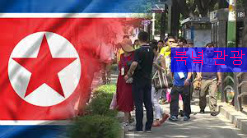
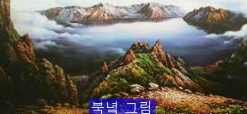
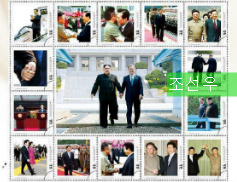
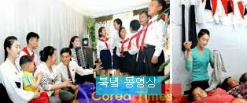
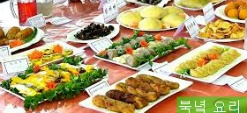
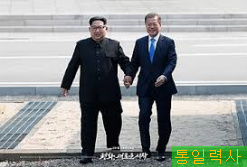
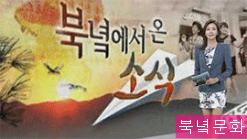






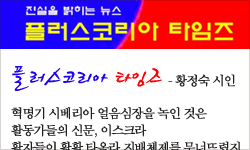


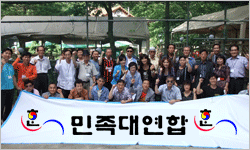
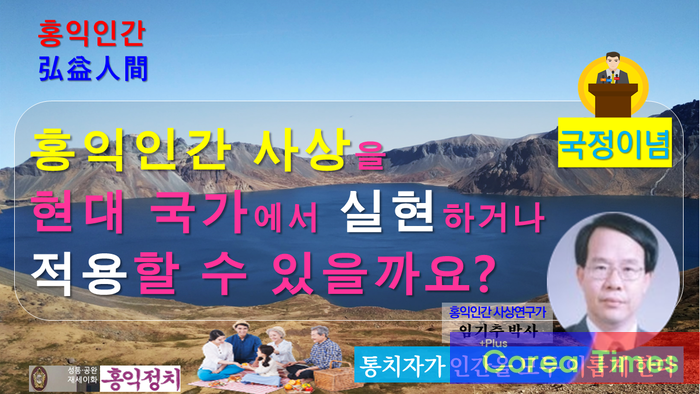






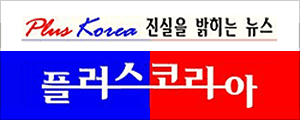
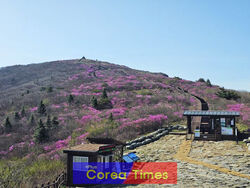

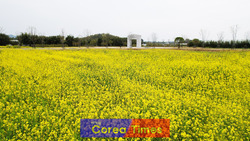
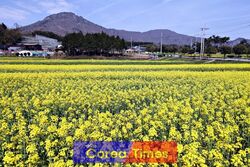
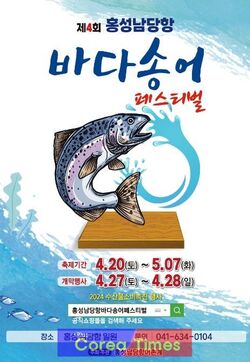
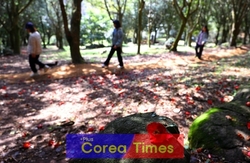
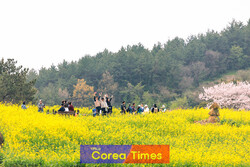
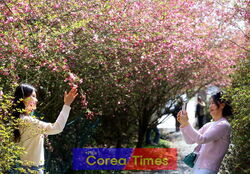

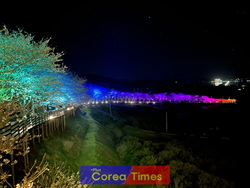
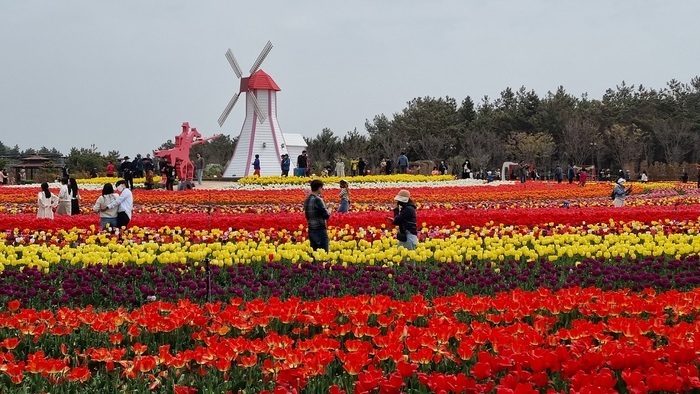
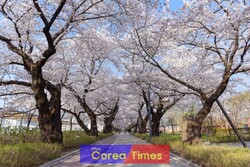
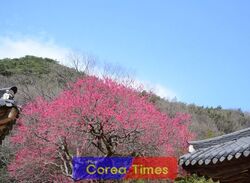
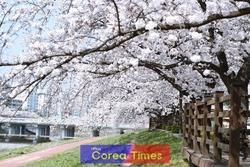
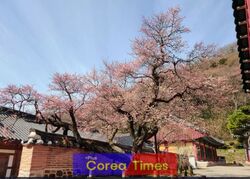
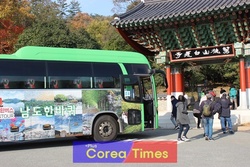
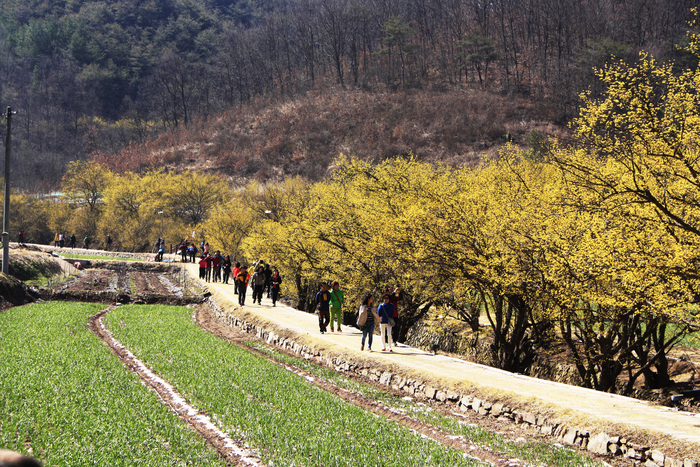
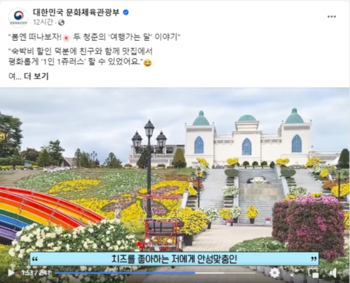
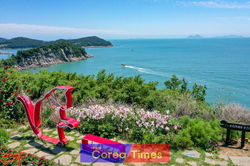
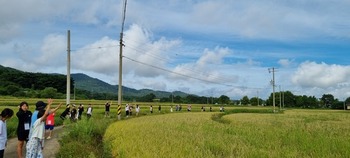
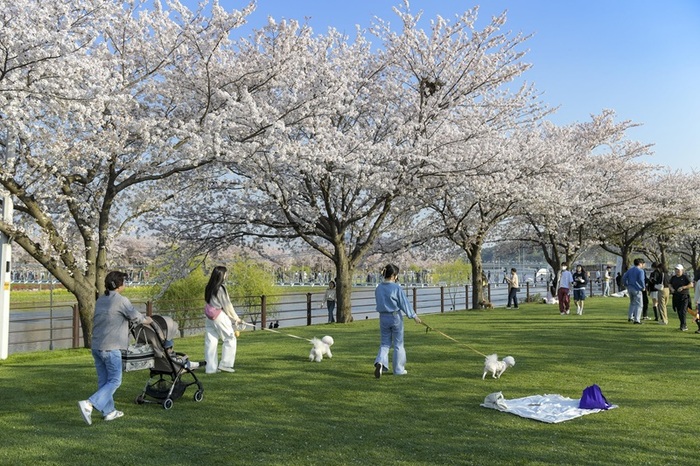
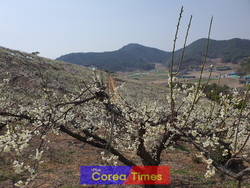
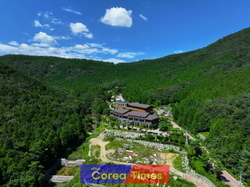
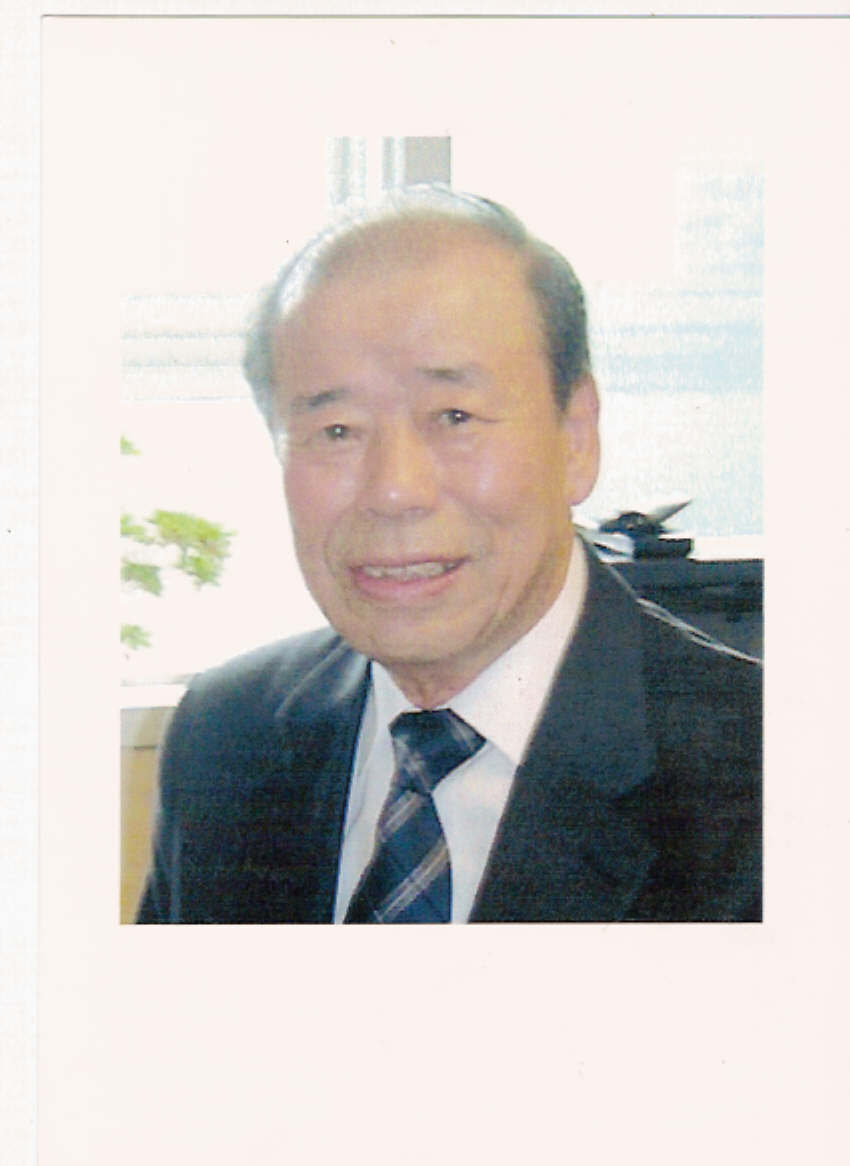
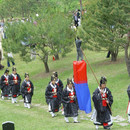

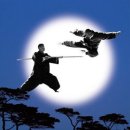
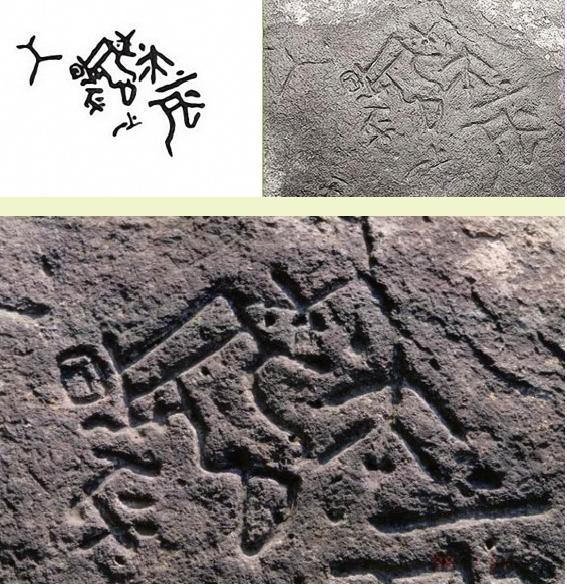
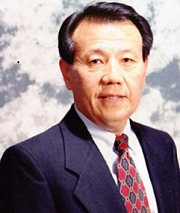
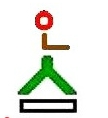
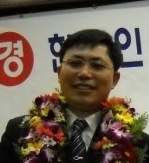
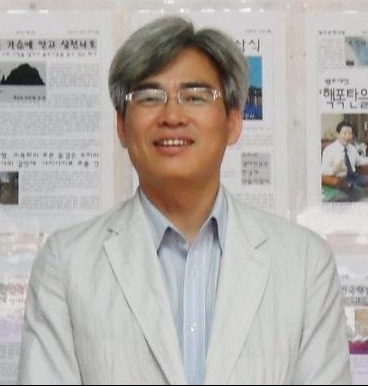
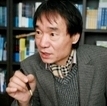
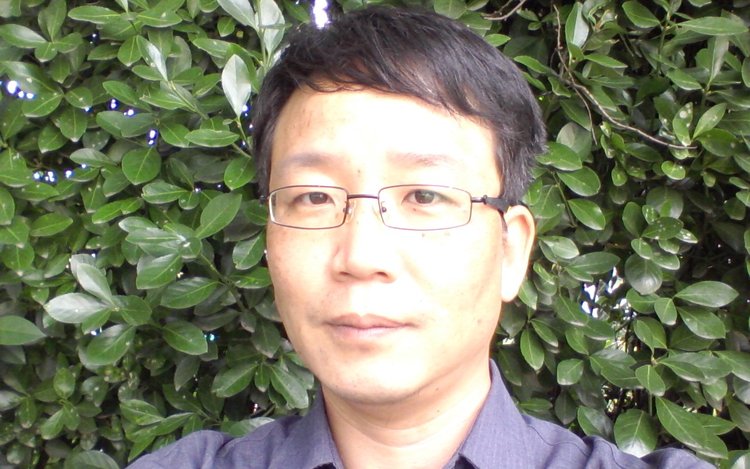
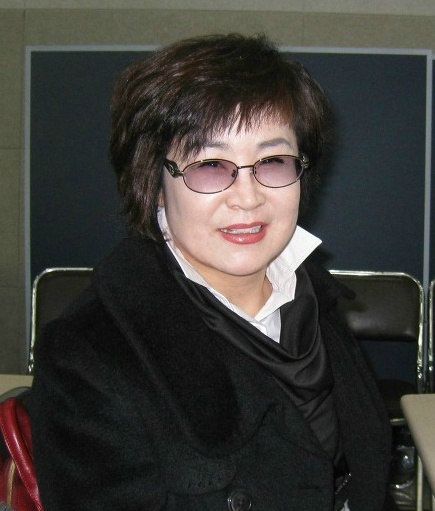
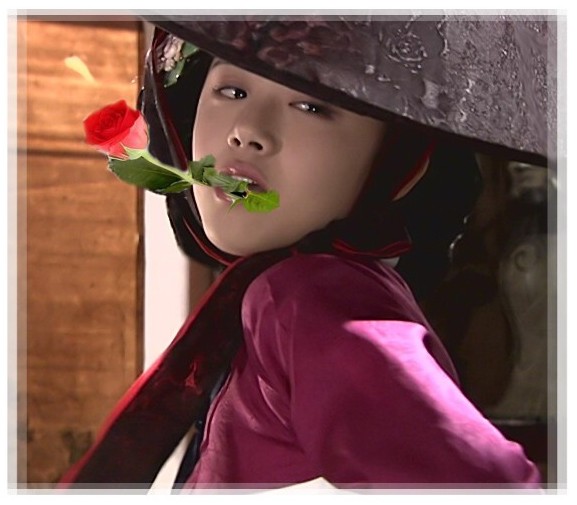
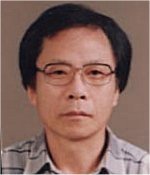
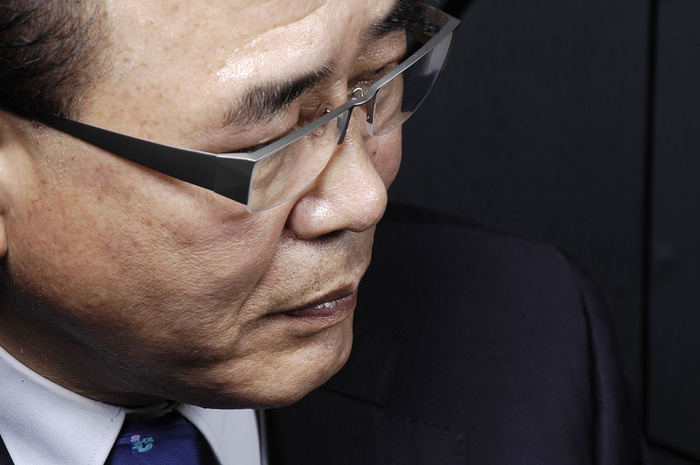
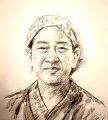
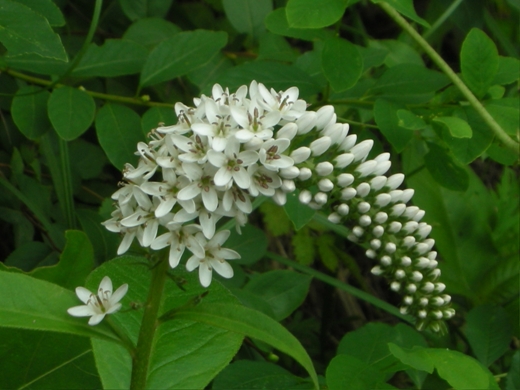
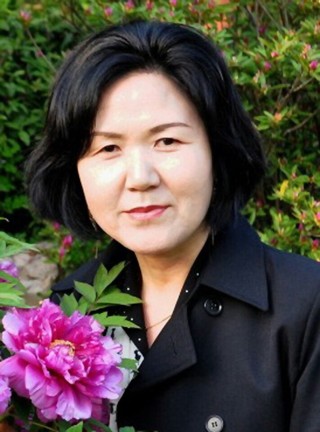
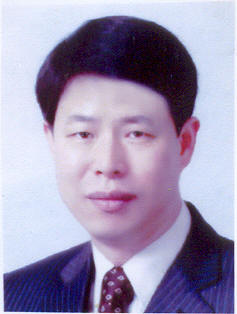

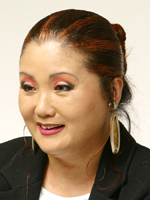
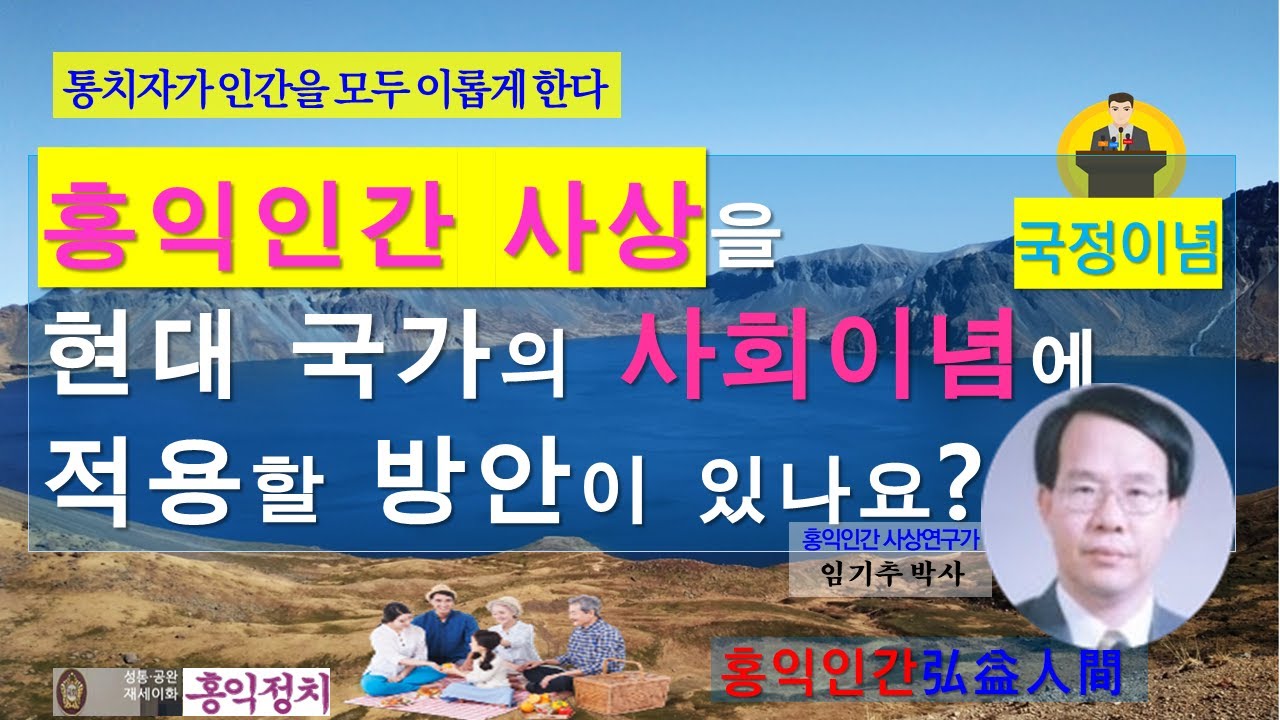
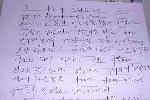
 '잊혀진 계절'누굴위해 존재하는가
'잊혀진 계절'누굴위해 존재하는가
